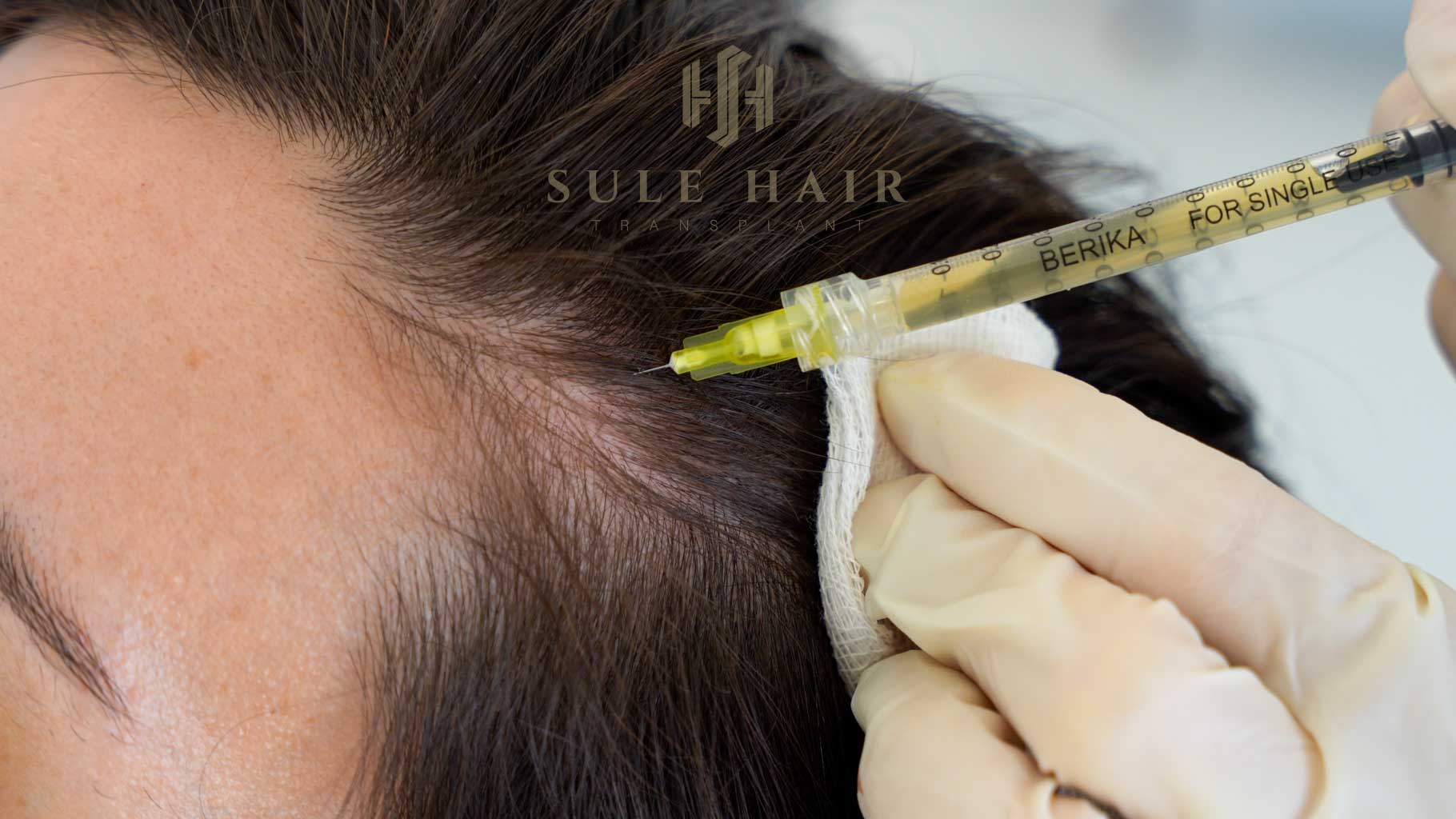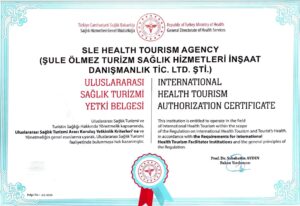Hair loss affects many people worldwide. While traditional hair transplantation methods have their limitations, innovative treatments like stem cell hair transplantation are revolutionizing this field. Our clinic employs the stem cell hair transplantation method, supported by T-LAB’s Dermomine Micrograft Kit. This page will thoroughly explore the process of stem cell hair transplantation and the technologies used.
What is Stem Cell Hair Transplantation?
Stem cell hair transplant is an advanced treatment that uses an individual’s own stem cells to repair hair follicles and encourage new hair growth. This method offers promising results for those experiencing hair loss and is successfully applied in our clinic.
How Does It Work?
- Stem Cell Collection: Stem cell-containing tissue samples are collected from behind the ear using minimally invasive methods.
- Cell Processing: The collected tissue is processed to isolate and activate the stem cells.
- Injection: The activated stem cells are injected into areas of hair loss, promoting the rejuvenation of hair follicles.
Using the Dermomine Micrograft Kit
The Dermomine Micrograft Kit, developed by T-LAB, does not require any additional devices and ensures high cell vitality and count. This kit contains all necessary tools for the isolation and injection of stem cells and is utilized in our clinic.
Kit Content and Technology
- Microlyzer 600 μm and 150 μm: These two microlyzers separate cells from the tissue, enhancing their vitality and preparing them for injection.
- Ease of Use: The kit can be used without any additional devices, making the process faster and more efficient.
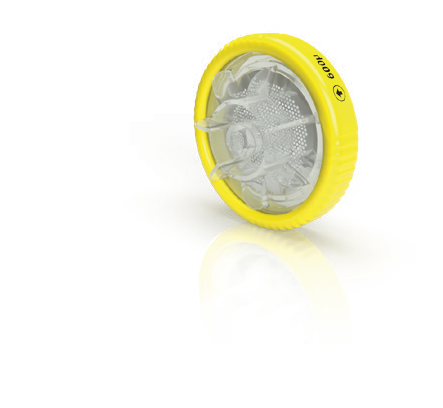
Microlyzer 600 μm
Thanks to the thousands of specially designed blades inside, the tissue pieces removed from the blades and free the cells around the micro. Thus, it maximizes the number of cells and their vitality.
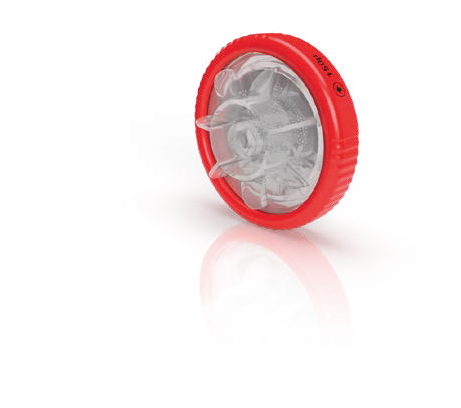
Microlyzer 150 μm
With the released cell suspension, unwanted fibrotic tissues are broken down and become injectable. To prevent this situation and to ensure safe injection, the tissue suspension is passed through Microlyzer 150 μm once and the unwanted tissues are filtered out.
Application Steps of Stem Cell Hair Transplantation
- Tissue Collection: Tissue is collected under sterile conditions and local anesthesia from behind the ear.
- Cell Separation: The collected tissue is processed using the Microlyzer 600 μm, which liberates the cells.
- Filtration and Preparation: The cell suspension is filtered through the Microlyzer 150 μm, making it ready for injection.
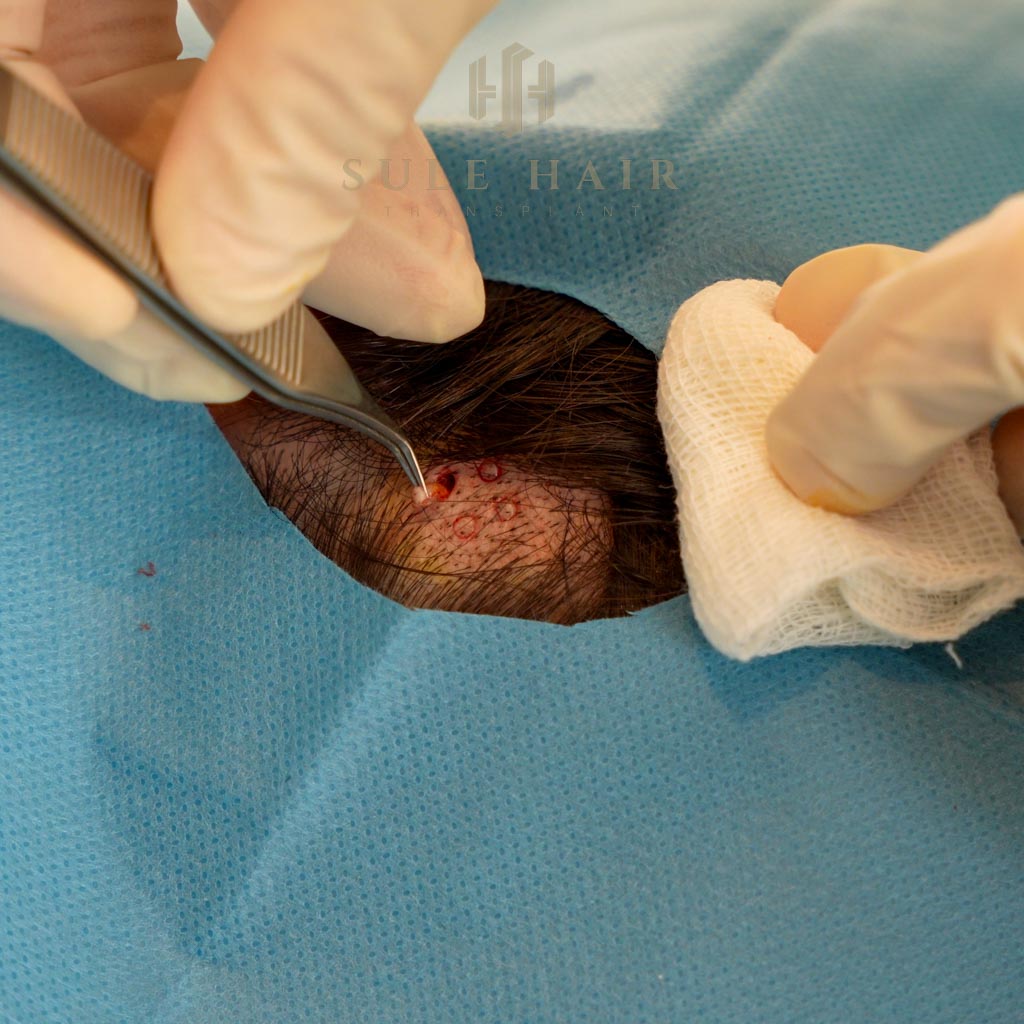
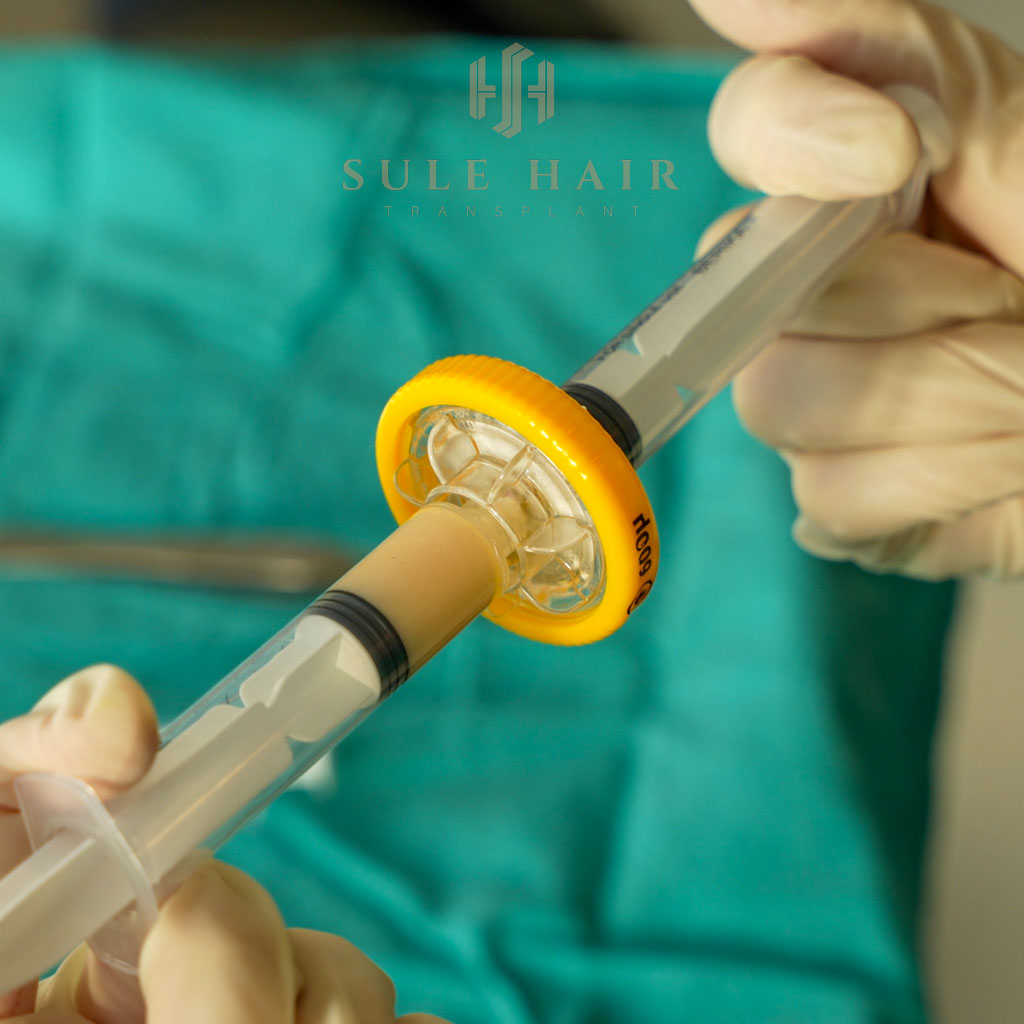
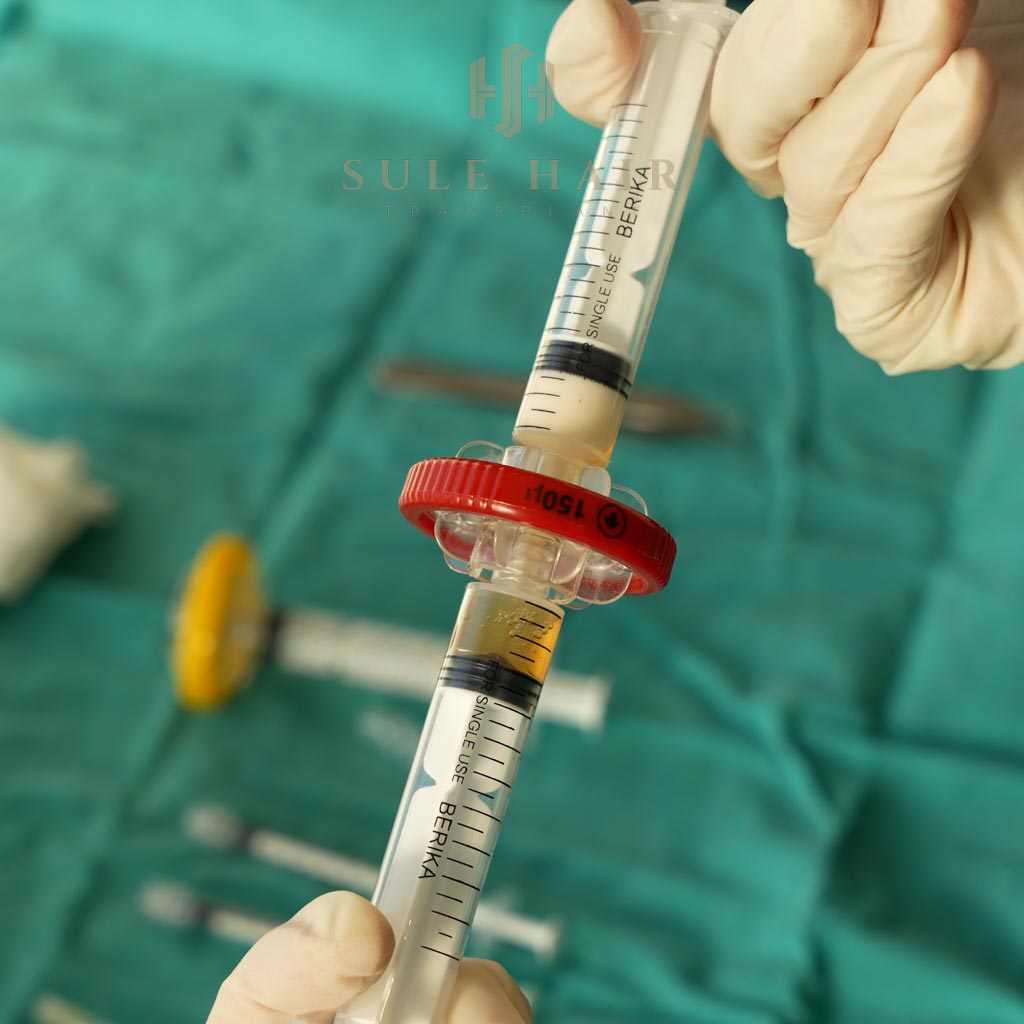
Cost of Stem Cell
Advantages
- High Cell Vitality and Count: The Micro Graft technology ensures that the obtained cells have high vitality and count.
- Wide Application Range: The kit can be used for hair transplantation as well as skin rejuvenation and other aesthetic procedures.
Results and Expectations
Stem cell hair transplantation can offer permanent solutions to hair loss. However, the effectiveness of the treatment can vary from person to person. Results typically begin to appear 3-6 months after treatment and become more pronounced over time. Post-procedure care and lifestyle choices are crucial for the sustainability of the results.
Frequently Asked Questions
Is stem cell hair transplantation permanent?
Typically, the effects of stem cell treatment are permanent, but they can vary based on individual factors.
How long does the treatment take?
The total procedure time usually spans a few hours, and patients can return to their daily activities immediately afterward.
Who is a good candidate for stem cell hair transplantation?
- Ideal candidates are those who have non-scarring (non-cicatricial) hair loss. This includes individuals with androgenetic alopecia (male or female pattern baldness) who have enough donor hair to be used for transplantation.
What are the potential risks or side effects of stem cell hair transplantation?
- While stem cell hair transplantation is generally safe, potential risks include infection, bleeding at the injection sites, and inflammation. Most side effects are minor and temporary.
Can stem cell hair transplantation be used to enhance other hair restoration procedures?
- Yes, stem cell hair transplantation can be combined with other hair restoration methods, such as traditional hair transplant surgery, to potentially improve outcomes by enhancing healing and hair growth.
How does stem cell hair transplantation compare to traditional hair transplant methods?
- Stem cell hair transplantation is less invasive than traditional methods like follicular unit transplantation (FUT) or follicular unit extraction (FUE). It may offer faster recovery times and less discomfort, with the added potential of regenerating hair follicles rather than just relocating them.
What should I expect during the recovery phase?
- Recovery varies by individual but generally includes mild discomfort, swelling, and redness for a few days. Patients are usually advised to avoid strenuous activities for a short period following the procedure to ensure optimal healing.
How many treatments are necessary to see results?
- The number of treatments required can vary. Some patients may see significant improvements with just one session, while others may need multiple sessions. The exact number depends on the extent of hair loss and the patient's desired results.
Is there any maintenance required after stem cell hair transplantation?
Is there any maintenance required after stem cell hair transplantation?
